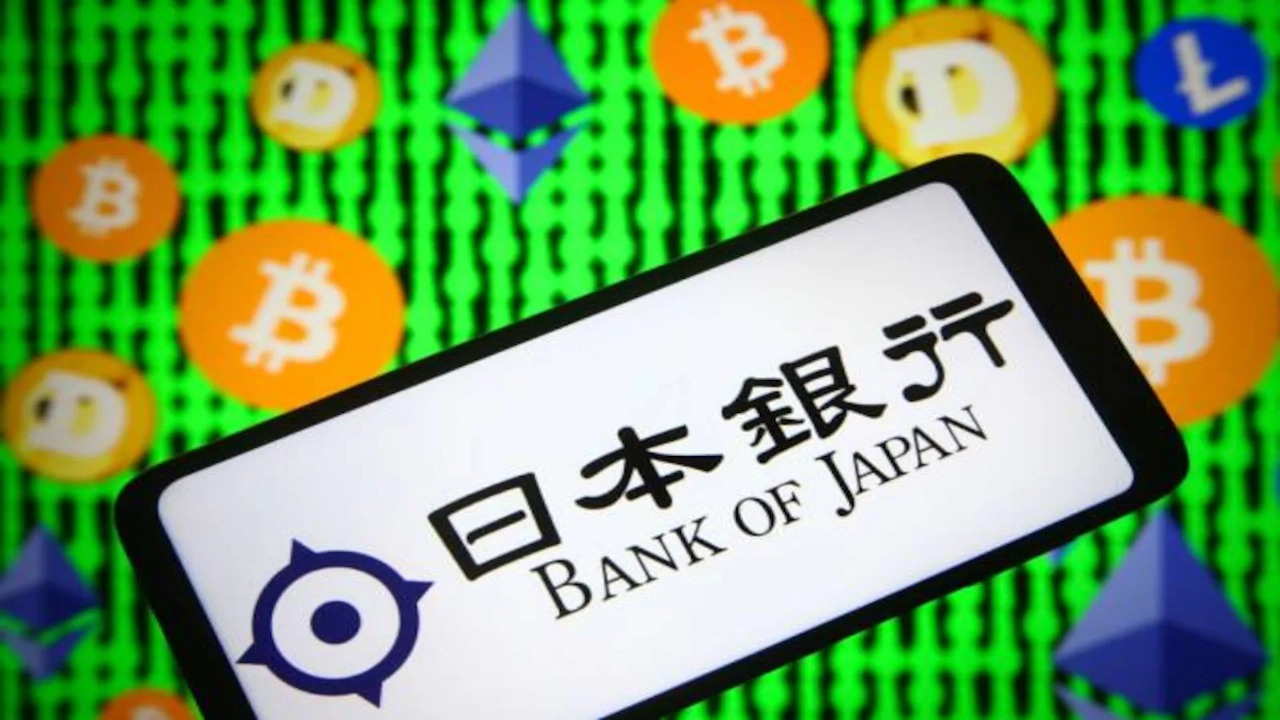The Bank of Japan (BOJ) has decided to maintain its short-term interest rate target at 0.5%, signaling a cautious approach amid global economic uncertainties. The decision comes as the central bank continues to assess the impact of U.S. tariffs and domestic inflation trends on Japan’s economy.
While the BOJ has been gradually reducing its bond purchases, policymakers are now considering slowing the pace of tapering to avoid market disruptions. Sources indicate that the central bank may halve its quarterly bond purchase reductions from ¥400 billion to ¥200 billion starting in fiscal 2026, ensuring a smoother transition away from its decade-long stimulus measures.
Governor Kazuo Ueda emphasized that Japan’s economy is making steady progress toward achieving the 2% inflation target, but external risks—such as trade policy shifts and rising food prices—remain key concerns. The BOJ’s latest inflation forecast for fiscal 2025 stands at 2.2%, slightly lower than previous projections, reflecting a cautious outlook on price stability.
Market analysts are closely watching the BOJ’s next moves, particularly regarding future rate hikes and adjustments to its bond tapering strategy. With Japan’s core CPI inflation exceeding 2% for over three years, the central bank’s policy stance will be crucial in shaping investor sentiment and currency movements.
Source: Reuters, FXStreet, Japan NewsThe Bank of Japan (BOJ) has decided to maintain its short-term interest rate target at 0.5%, signaling a cautious approach amid global economic uncertainties. The decision comes as the central bank continues to assess the impact of U.S. tariffs and domestic inflation trends on Japan’s economy.
While the BOJ has been gradually reducing its bond purchases, policymakers are now considering slowing the pace of tapering to avoid market disruptions. Sources indicate that the central bank may halve its quarterly bond purchase reductions from ¥400 billion to ¥200 billion starting in fiscal 2026, ensuring a smoother transition away from its decade-long stimulus measures.
Governor Kazuo Ueda emphasized that Japan’s economy is making steady progress toward achieving the 2% inflation target, but external risks—such as trade policy shifts and rising food prices—remain key concerns. The BOJ’s latest inflation forecast for fiscal 2025 stands at 2.2%, slightly lower than previous projections, reflecting a cautious outlook on price stability.
Market analysts are closely watching the BOJ’s next moves, particularly regarding future rate hikes and adjustments to its bond tapering strategy. With Japan’s core CPI inflation exceeding 2% for over three years, the central bank’s policy stance will be crucial in shaping investor sentiment and currency movements.
Source: Reuters, FXStreet, Japan News

